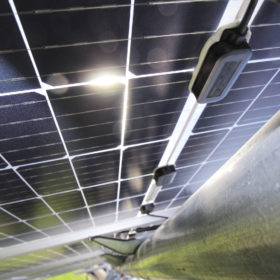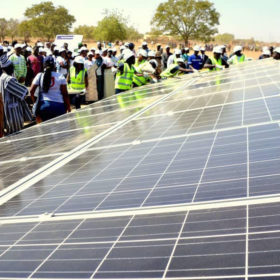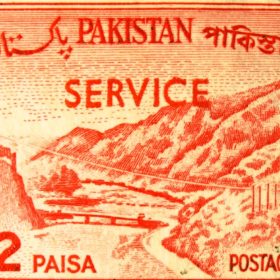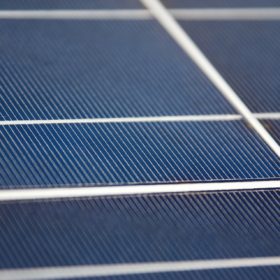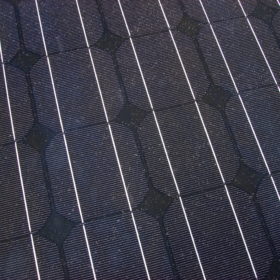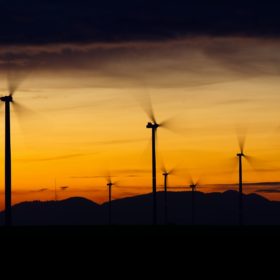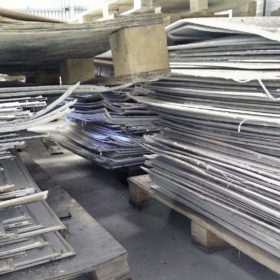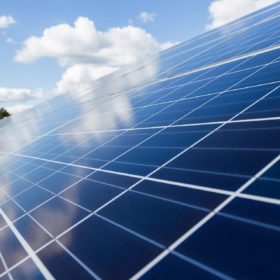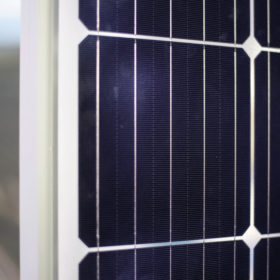Nextracker unveils new software for solar park monitoring
The U.S. tracker provider has launched NX Navigator, a control system it says offers improved monitoring across a range of weather conditions. The company claims the software enables PV plant operators to schedule maintenance operations such as cleaning and mowing.
Work begins on 30 MW solar plant in Burkina Faso
Electricity generated by the facility will be sold at $0.08/kWh to national utility Sonabel. Burkina Faso recently adopted a solar-oriented energy policy.
Pakistan Post wants solar
The postal operator, which is present in 12,000 locations nationwide, wants PV facilities to power its operations. Bidders have until February 20 to deliver on a call for expressions of interest and pre-qualify for the tender.
Coronavirus could cause solar panel price spike
The coronavirus outbreak in China could raise solar module prices in the near term as manufacturers have already begun experiencing wafer and solar glass shortages. Production rates are also being affected by an extended new year holiday introduced by the authorities as a measure to deal with the virus, and the requirement workers from infected areas quarantine themselves for two weeks.
Predicting solar power generation with ‘deep photovoltaic nowcasting’
The ‘deep photovoltaic nowcasting’ project developed by Chile’s Institute of Engineering Sciences of the University of O’Higgins, Canada’s Laval University and Japan’s Kyoto University, seeks to make short-term, high-resolution projections of solar energy generation.
Varying capital costs favor wind over solar in Europe
Differing finance costs across the continent are likely to see wind-rich, high electricity demand nations such as Germany, France, Austria and Belgium forge ahead with renewables at the expense of countries with plenty of sun but where borrowing is expensive, according to a German study.
More than 5,000 tons of modules collected for recycling in France
PV Cycle has said it collected more than 280,000 solar panels at the end of their lifecycle in France last year, including 200 tons from the nation’s overseas territories.
German coal mines could host 3 GW of floating PV
Research institute the Fraunhofer ISE has estimated the technical potential of floating PV at mining sites in Germany at around 56 GW. With floating projects 10-15% more costly than land-based alternatives, researchers have called for further incentives, such as the staging of ‘innovation tenders’.
Eskom seeks modules and mounting structures for off-grid project
The South African utility is seeking offers for the supply of 1,383 320 W polycrystalline modules and mounting structures, to be used for the construction of four off-grid PV projects at its research center.
Preventing LID in a 23.83% efficient Longi PERC cell
Australian researchers have unveiled hydrogenation technology to reduce light and elevated temperature-induced degradation in Czochralski silicon PERC solar cells. The developers say the process can minimize degradation without sacrificing performance in cells and modules.
